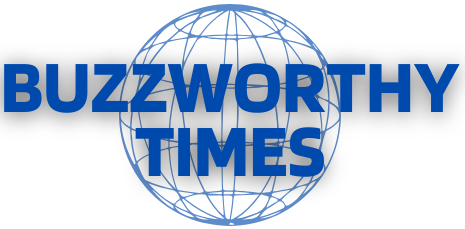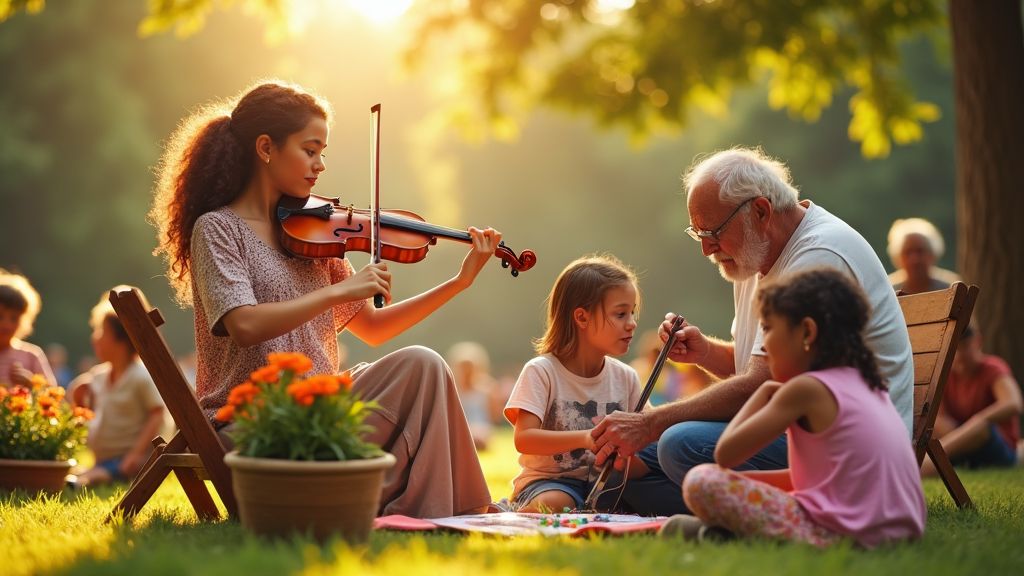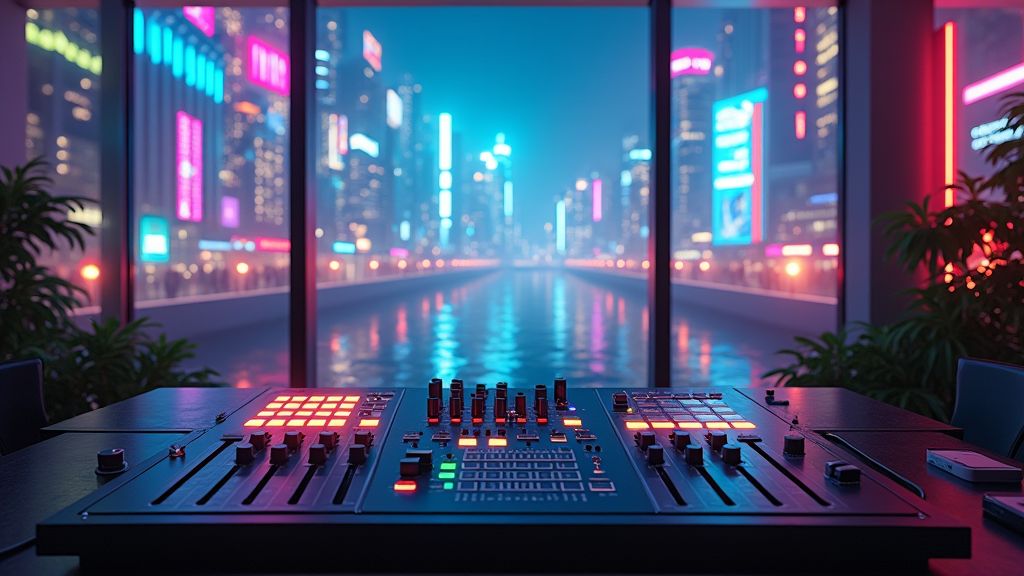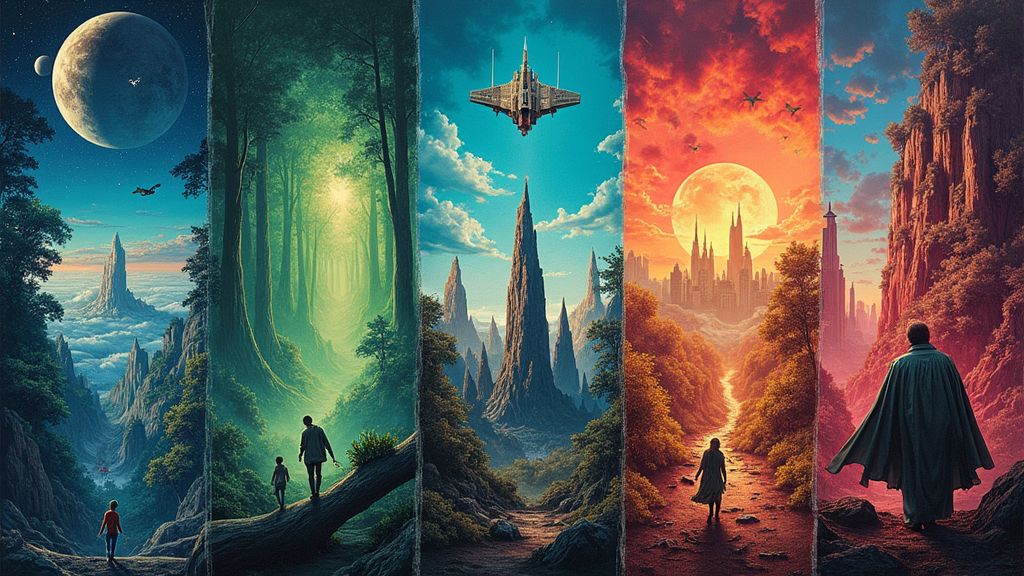The Role of Editing in Creating a Cinematic Experience
Lights, camera, action! These three words are often associated with the world of filmmaking, where creativity, artistry, and technology come together to create cinematic masterpieces that captivate audiences around the globe. While actors, directors, and cinematographers play crucial roles in bringing a story to life on the big screen, one often underestimated aspect of the filmmaking process is editing. In this article, we will explore the importance of editing in creating a cinematic experience that engages, entertains, and resonates with viewers.
The Evolution of Editing Techniques
Editing in filmmaking has come a long way since the early days of cinema. In the 1890s, filmmakers like Georges Méliès experimented with basic editing techniques such as jump cuts and dissolves to create visual interest and seamless transitions between scenes. As technology advanced, so did editing techniques. From the introduction of sound in the 1920s to the digital revolution of the 21st century, editors have used a variety of tools and software to enhance the storytelling process.
The Art of Editing
Editing is often described as the “invisible art” of filmmaking, as its impact on the final product is subtle yet profound. Editors work closely with directors to shape the narrative, pacing, and emotional impact of a film. By selecting the best takes, rearranging scenes, and adding visual effects or sound effects, editors can transform raw footage into a cohesive and compelling story. The rhythm, flow, and structure of a film are all determined by the editing process, making it a crucial element in creating a cinematic experience.
The Impact of Editing on Audience Perception
Editing plays a key role in influencing how audiences perceive a film. Through the use of editing techniques such as montage, cross-cutting, and match cuts, editors can manipulate time, space, and emotion to create dramatic tension, build suspense, or evoke specific moods. The pace and rhythm of a film are also controlled by the editing process, with quick cuts and seamless transitions keeping viewers engaged and immersed in the story. In essence, editing shapes the viewer’s experience and interpretation of a film, making it a powerful tool for filmmakers to convey their artistic vision.
The Collaborative Nature of Editing
Editing is a collaborative process that involves close communication and creative synergy between editors, directors, producers, and other key stakeholders. Editors must understand the director’s vision, the tone of the film, and the intended audience in order to make informed decisions about pacing, structure, and visual effects. By working closely with the creative team, editors can enhance the storytelling and emotional impact of a film, bringing out the best in performances and capturing the essence of the narrative.













